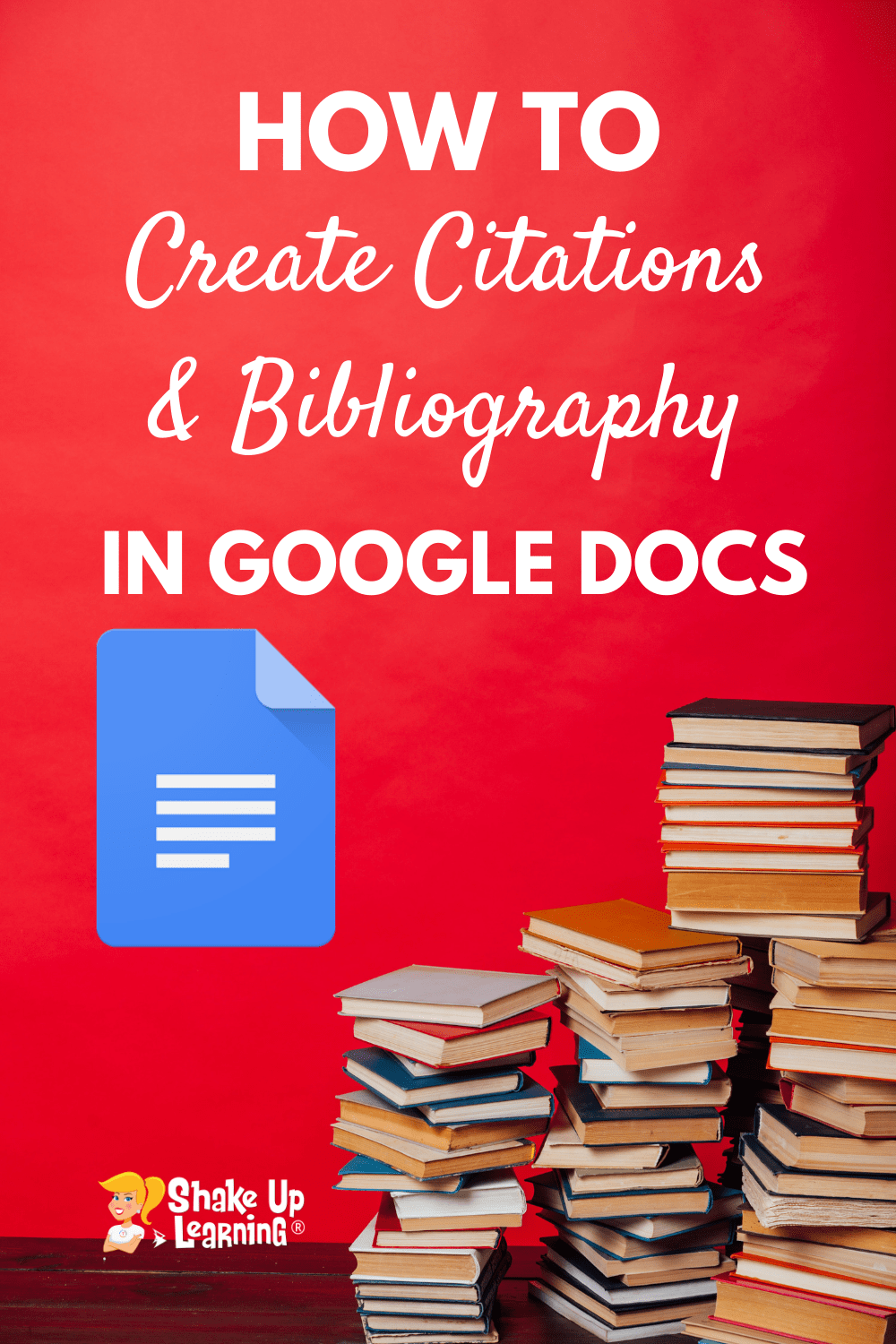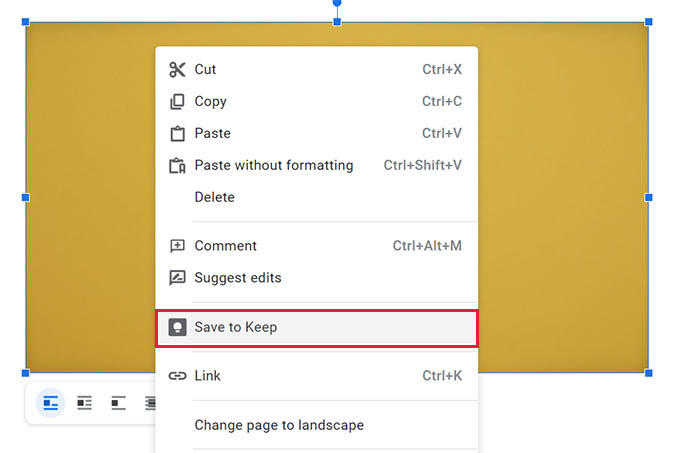
While there are many ways that Google Docs fails to meet the needs of modern businesses, here’s a look at the three most prominent limitations. But businesses of all sizes that attempt to use Google Docs for word processing and collaboration quickly discover its shortcomings. Google Docs is a handy tool for meeting specific needs. The 3 Primary Shortcomings of Google Docs Below, we explore some of Google Docs’ shortcomings, and we present five Google Docs alternatives that you can explore for your business. Luckily, there are Google Docs alternatives that do a much better job of meeting the ever-changing needs of modern businesses.

And, while it has been a valuable tool in recent years, the growing needs of businesses that are working remotely and asynchronously have outpaced the capabilities of Google Docs. With Google Docs, you can share a document with an individual or a team, and you can invite those collaborators to read, review, edit, comment and more.īut Google Docs is imperfect. In the 1990s and early 2000s, teams collaborated by commenting on Word documents and sending updates as attachments via email. Through most of the 20th century, collaborating on a document meant hard copies and red lines passed around the office. It’s no wonder why Google Docs has reached such widespread popularity. The usage of G Suite, which includes Google Docs and other productivity tools, has surely grown in the months and years since those usage numbers were last reported.


More than 2 billion active monthly users were taking advantage of Google’s G Suite as of 2020.


 0 kommentar(er)
0 kommentar(er)
